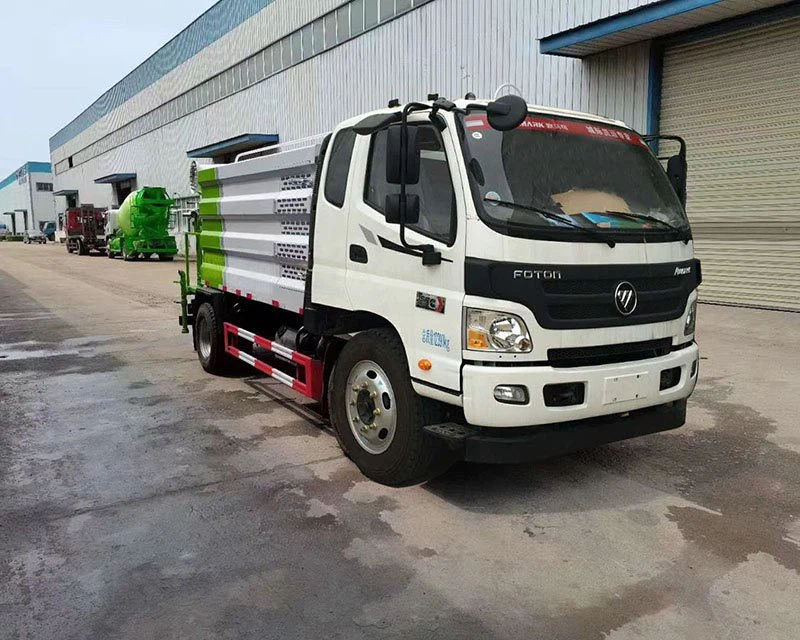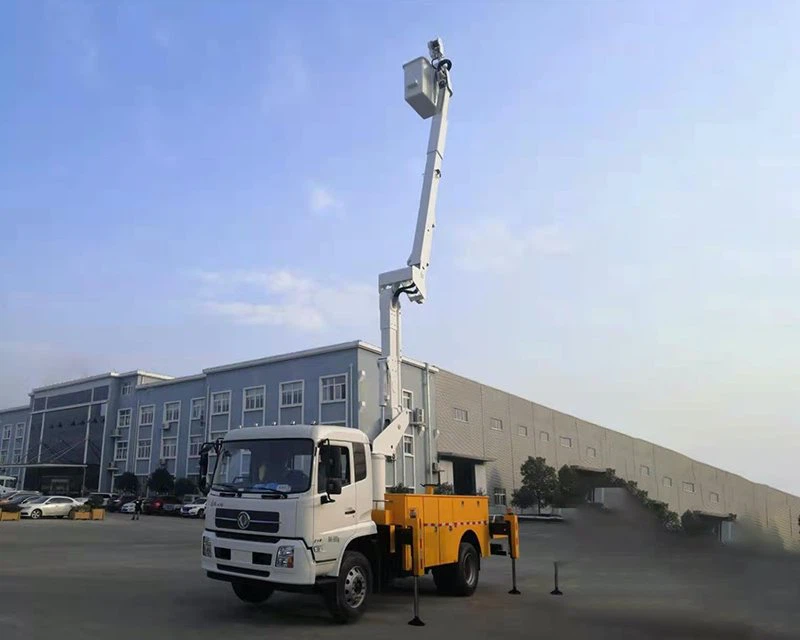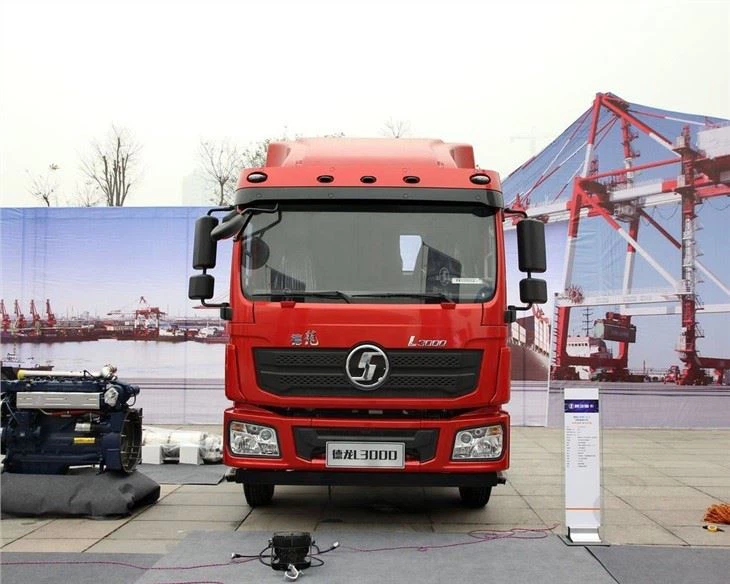Understanding Vertical Parking System Cost: A Comprehensive Guide

As urban areas continue to evolve, the demand for efficient parking solutions becomes increasingly critical. Vertical parking systems are one such innovation designed to maximize space utilization while reducing the footprint of traditional parking structures. However, one significant question that arises is: what is the cost of implementing a vertical parking system? This article provides an in-depth analysis of vertical parking system costs, considerations, and various other facets that potential buyers and facility managers should understand.
What is a Vertical Parking System?
A vertical parking system is a mechanical solution that automates the parking process, allowing vehicles to be parked in an upwards- and downwards-moving structure. This type of system is especially beneficial in urban settings where real estate is limited, and parking demand exceeds supply. By utilizing vertical space, these systems can significantly expand parking capacity in a smaller geographical footprint.
Types of Vertical Parking Systems
Vertical parking systems come in various styles and mechanisms. Some of the most common types include:
- Automated Stacking Systems: These systems utilize lifts to stack cars vertically.
- Vertical Lifts: A more manual approach where operators drive vehicles into a lift platform that raises the car to its designated spot.
- Robotic Parking Systems: Highly automated systems where vehicles are parked by robots, without human intervention.
- Vertical Carousel Parking Systems: Vehicles are placed on rotating platforms that transport them to the designated parking area.
Benefits of Vertical Parking Systems
Before diving into costs, let’s highlight some benefits such systems offer:
- Space Efficiency: Vertical systems make better use of space and minimize land usage.
- Reduced Environmental Impact: Less land used for parking means more green spaces in urban areas.
- Enhanced Security: Most mechanical systems only allow access to authorized users, reducing theft risks.
- Cost Savings: Lower construction and land costs over time can outweigh initial investment.
Factors Influencing Vertical Parking System Cost
The cost of a vertical parking system can vary widely based on several factors:
1. Type of System
The choice between automated, semi-automated, and manual systems can dramatically affect costs. For instance, while automated systems can provide significant space savings, they require a larger upfront capital investment.
2. Size and Capacity
The dimensions of the vertical parking system will largely dictate the overall cost. A system capable of parking 100 cars will cost more than one designed for 30 vehicles.
3. Location and Site Preparation
Installing a vertical parking system might require additional site preparation, such as foundational work, which can increase costs. Moreover, urban environments often have varying regulations and fees that could contribute to overall expenses.
4. Technology Level
Modern systems equipped with advanced technology, such as user apps and smart control panels, may have higher initial costs. However, these systems often provide better efficiency and user experience.
5. Brand and Manufacturer
Not all manufacturers have the same pricing structure. Well-known brands may charge a premium for their reputation and reliability. Therefore, it’s essential to compare different options before making a decision.
6. Maintenance and Operational Costs
Maintenance and operational costs must also be factored into the total cost of ownership. Systems that require regular upkeep or specialized parts can accumulate significant costs over time.
Estimated Cost Breakdown
Understanding the cost structure can help potential buyers make informed decisions. Below is a general cost breakdown of what to expect:
| Component | Estimated Cost |
|---|---|
| System Type (Automated) | $30,000 – $100,000 |
| System Type (Manual) | $15,000 – $50,000 |
| Site Preparation | $10,000 – $50,000 |
| Installation Costs | $5,000 – $25,000 |
| Annual Maintenance | $1,000 – $5,000 |

Practical Examples of Costs
Example 1: A Small Automated Parking System
A 30-car automated stacking system in a suburban area might have a total cost of around $75,000. This includes $50,000 for the unit, $15,000 for installation, and $10,000 for site preparation. Annual maintenance costs could be around $2,000.
Example 2: A Large Robotic Parking System
A larger, high-end robotic parking system designed for 100 vehicles in a metropolitan area might range from $150,000 to $300,000, with operational costs including maintenance and repairs estimated at around $5,000 per year.
Tips for Reducing Vertical Parking System Costs
While vertical parking systems can be a significant investment, there are several strategies to reduce costs:

1. Conduct Thorough Research
Comparing various suppliers and systems can help find the best deal for your needs.
2. Consider Used Systems
Used vertical parking systems can be a cost-effective option if properly maintained.
3. Optimize Design
Engaging with architects and engineers who specialize in parking solutions can lead to optimal designs that minimize costs.
4. Explore Government Incentives
In some regions, there may be government grants or incentives for implementing sustainable parking solutions.
Common Misconceptions About Vertical Parking Systems
1. They’re Too Expensive
While initial investments can be high, the long-term savings often outweigh these costs due to reduced land usage and lower manpower needed.
2. Maintenance is a Burden
Many modern systems have been designed for ease of maintenance, and regular upkeep can often be done without specialized skills.
3. Only Suitable for Large Facilities
Vertical parking systems come in various sizes and can be designed for small facilities or private residences, making them versatile solutions for different needs.
FAQ Section
1. What is the average lifespan of a vertical parking system?
Most vertical parking systems can last between 15 to 25 years with proper maintenance. Regular checks and replacements of parts can extend their lifespan further.
2. How much space can I save with a vertical parking system?
Depending on the design and capacity, vertical parking systems can save anywhere from 30% to 60% of the space compared to traditional parking layouts.
3. Are vertical parking systems safe for my vehicle?

Yes, most vertical parking systems are equipped with advanced safety features, such as sensors and emergency protocols, ensuring the safe parking of vehicles.
4. Do vertical parking systems require electricity?
Yes, the majority of automated systems need electricity to operate lifts and controls. However, many modern systems are designed for energy efficiency.
5. Can I customize a vertical parking system to fit my needs?
Many manufacturers offer customizable options, allowing you to choose dimensions, capacity, and features that best suit your requirements.
6. What are the potential drawbacks of vertical parking systems?
While the benefits outweigh drawbacks, potential issues include higher initial costs, maintenance requirements, and reliance on technology, which may sometimes lead to delays if the system encounters a malfunction.
